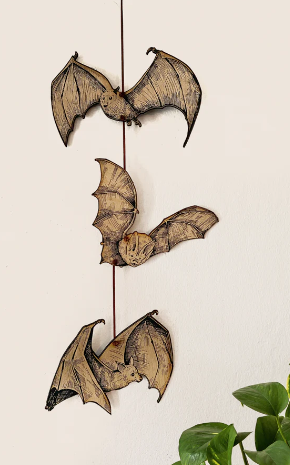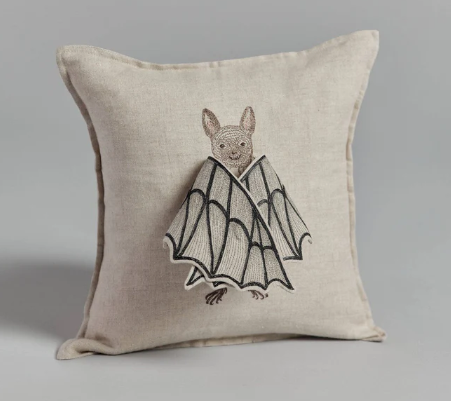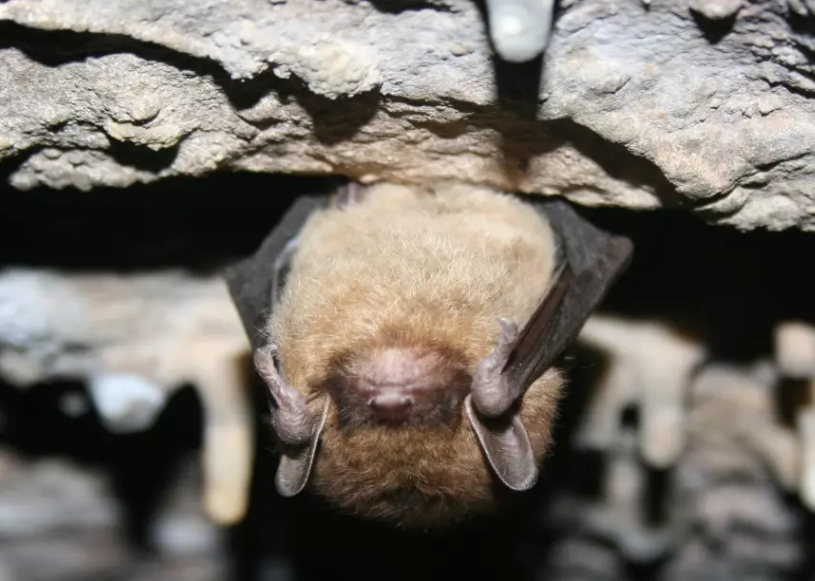
Nocturnal Natives: A Guide to Bats in the Natural State
Bats are mostly active when it is dark outside so many people do not know that there are at least 16 different types of bats that call Arkansas home. The lore and myths around bats can leave an impression that they are scary or dangerous but in fact, bats play a very important role in the ecosystem. On average, a bat may consume 1,000 bugs in an hour!
Big Brown Bat (Eptesicus fuscus)
The brown bat has brown fur with black ears and feet. Their wingspan is about 12 inches. Their favorite food is the cucumber beetle.
Little Brown Bat (Myotis lucifugus) - Endangered Species!
While not related to the Big Brown Bat, this bat has brown fur and a wingspan of about 9-11 inches. Their favorite food is mosquitos and tend to be the bats that will take up residence in a bat house if provided one. 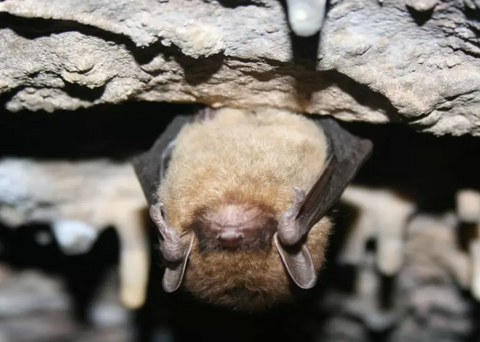
Photo: U.S. Fish & Wildlife
Eastern Red Bat (Lasiurus borealis)
The eastern red bat has long, thick red fur with white patches at the shoulders. They are extremely fast and have a wingspan of about 13 inches. They tend to give birth to three babies at a time which is unique for bats. Their favorite food is moths.
Eastern Small-footed Bat (Myotis leibii)
This bat has small feet, a flat head, and shiny brown fur with a black mask. They also have pointy ears and a wingspan of about 10 inches. Their larger thumbs have claws which make them very good climbers.
Evening Bat (Nycticeius humeralis)
The evening bat is dark brown with black ears, legs, and wings. Their wingspan is about 10.5 inches. They tend to roost in structures or tree cavities. They love to eat beetles, moths, and flies.
Hoary Bat (Lasiurus cinereus)
This bat has brown hair that turns grayish white. Their wingpsan is about 15.5 inches. They prefer to roost in trees rather than caves and their favorite food is moths.
Indiana Bat (Myotis sodalist)- Endangered Species!
This brown bat is distinct from others for its pink lips. Their wingspan is about 11 inches.
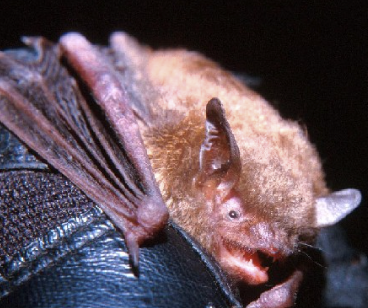
Photo: USDA Forest Service
Northern Long-eared Bat (Myotis septentrionalis)
This bat has long pointed ears and a long tail with a wingspan of nearly 10 inches. They tend to roost in trees in the summer and caves in the winter. They are commonly found in pine forests. Moths are their favorite food.
Silver-haired Bat (Lasionycteris noctivagans)
This bat has black fur with white tips. Their wingspan is about 11.5 inches. The silver-haired bat is one of the slowest flying bats in the Natural State. Their favorite food is spiders.
Townsend's Big-eared Bat (Corynorhinus townsendii)
Known for very large, pointed ears, the Townsend's bat has dense fur and sizable lumps on each side of the nose. Their wingspan is approximately 12-13 inches.
Tri-colored Bat (Perimyotis subflavus)
This small bat has dark gray fur on the bottom, yellowish brown in the middle and reddish brown band of fur on the top. Their wingspan is about 8-10 inches.1
Bat Wing Surprise Pillow by Coral & Tusk

Bat Mobile

